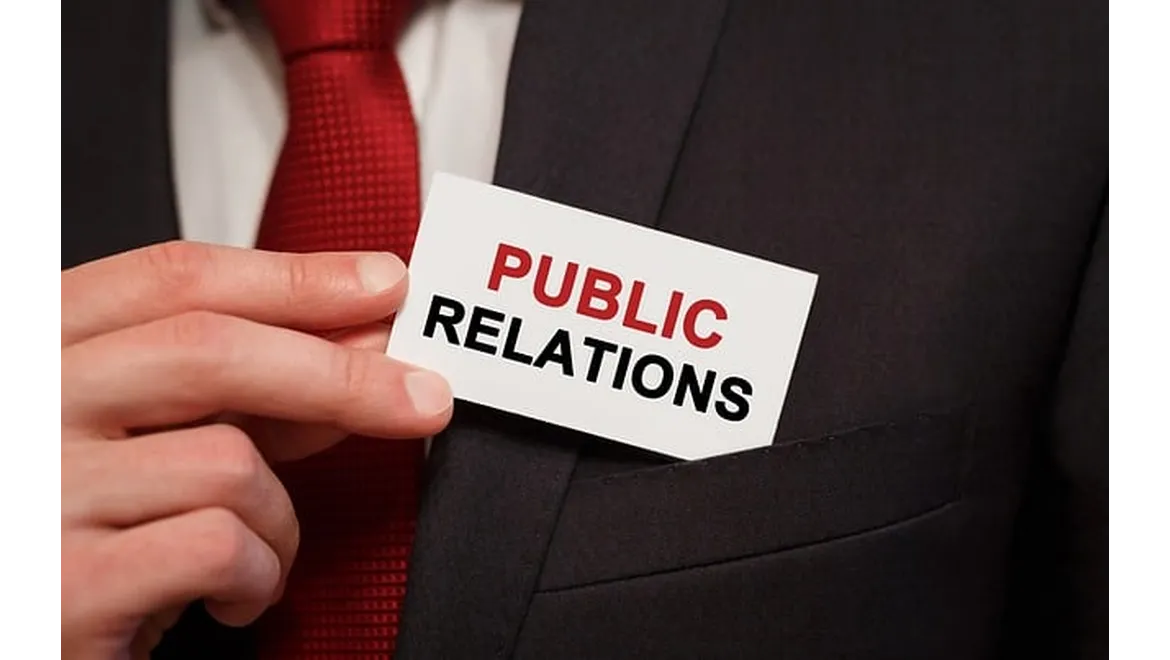When I sat down with Sarah Linton, a dynamic digital marketing strategist, her enthusiasm for the power of integrated PR and SEO strategies was palpable. Through her experience, Sarah has seen firsthand how aligning content with media coverage can drive higher conversion rates and enhance business outcomes. Our conversation revealed insights that could transform how businesses approach their digital marketing efforts.
“Combining digital PR with SEO isn’t just a tactic; it’s a game-changer,” Sarah began, her eyes lighting up with conviction. “When you align your content with media coverage, you create a seamless journey for your audience—from discovery to conversion.”
Sarah detailed three specific types of PR and SEO funnels that she has successfully employed to maximize conversions. Each funnel leverages consistent messaging to guide customers from media exposure to website engagement and, ultimately, conversion.
## 1. Branded Reports For Data Shares
“Creating branded reports has been one of the most effective strategies in my toolkit,” Sarah explained. She highlighted how branded reports can attract media coverage, driving web traffic and engagement.
“Take HubSpot’s annual ‘State of Marketing’ report, for example. It’s not just a report; it’s a conversation starter. The media loves it, and it drives countless brand mentions and searches,” Sarah noted. “People read about it, hear about it, and then they search for it. This creates a funnel that leads them directly to HubSpot’s website.”
Sarah also mentioned Conductor’s ‘State of SEO’ report. “It’s another stellar example. The report received significant media coverage, which in turn drove brand searches and clicks. The key is to optimize the report’s name and use it as a central piece in your digital PR campaign.”
## 2. Guides In A New Category
Sarah’s favorite approach is creating guides in new market categories. “Category design is about making the competition irrelevant,” she said with a smile. “It’s about creating and leading a new market category or strategy.”
She cited Drift’s success with ‘conversational marketing’ as a prime example. “Drift essentially created this category and positioned themselves as the go-to platform. Their guide on ‘What is Conversational Marketing’ ranks highly in search engines and drives significant traffic.”
Sarah explained that this strategy involves developing foundational content that ranks well in search engines for the category name and using digital PR to generate demand and interest. “It’s a long-term play but incredibly powerful,” she added.
## 3. Homepage For Feature Articles
The third strategy Sarah discussed involves leveraging feature articles to trigger brand searches and optimizing homepage messaging to convert traffic. “Sweetgreen did this brilliantly when they introduced steak to their menu,” she said.
“In early May, major publications like the New York Times ran stories about Sweetgreen’s new offering. This caused a spike in brand searches, and Sweetgreen smartly updated their homepage to feature the new steak option prominently.”
Sarah emphasized the importance of aligning feature articles with homepage updates. “When your audience searches for your brand and lands on your homepage, the messaging should be cohesive and compelling, driving them further down the funnel.”
## Start Optimizing
As our conversation drew to a close, Sarah offered some final advice. “Integrating digital PR with SEO can transform your content marketing strategy. By aligning your content with media coverage, you can enhance visibility, drive higher traffic, and, most importantly, increase conversion rates.”
The case studies she shared—HubSpot’s branded reports, Drift’s category design, and Sweetgreen’s feature articles—illustrate the potential of these strategies. For businesses struggling with low conversion rates or underperforming SEO programs, these PR and SEO funnels could be the key to success.
“Start optimizing today,” Sarah urged. “The results can be extraordinary.”
—
Mohammed Ahmed











